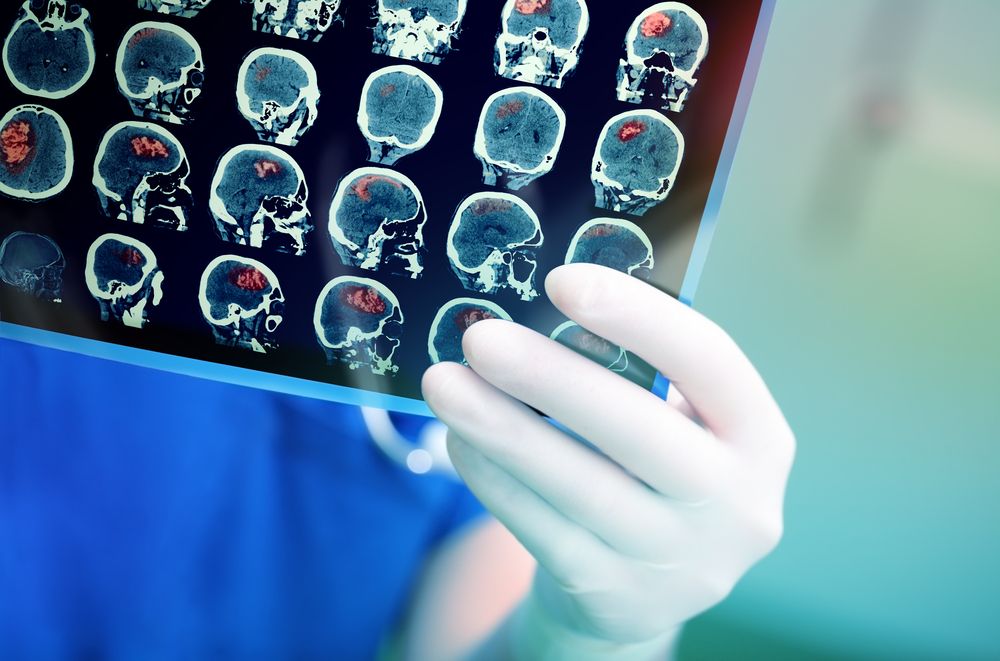New “NeuroCOVID” Classification System Uses MRI to Categorize Patients
Three-stage system can help providers assess patients, as well as guide future treatment and research efforts.

New information about the effects of COVID-19 on the brain continue to emerge with a new study published this week.
In the Journal of Alzheimer’s Disease, Majid Fotuhi, M.D., Ph.D., neurologist and medical director of NeuroGrow Brain Fitness Center in Virginia, revealed a three-stage classification system he called “NeuroCovid” that can be used to categorize patients, as well as guide future research into the neurological effects of the virus.
“We are learning that a significant number of hospitalized COVID-19 patients have various degrees of brain impairment. As a medical community, we need to monitor these patients over time as some of them may develop cognitive decline, attention deficit, brain fog, or Alzheimer’s disease in the future,” said Fotuhi, who is also on staff at Johns Hopkins medicine. “There is a lot we can do to promote brain healing in COVID-19 patients, but first we must understand the nature and severity of their neurological deficits.”
As a first step, he said, patients should get a baseline MRI before leaving the hospital so providers have a comparison for future studies.
To date, more than two dozen case reports have already been published, detailing the stroke, seizures, confusion, dizziness, paralysis, and coma that COVID-19-positive patients have experiences. In one study from Wuhan, China, 45 percent of patient positive for the virus exhibited significant neurological deficits, and another study from France revealed 84 percent of patients in the intensive care unit have neurological abnormalities. Of those patients, 15 percent who leave the ICU have lingering impacts, including poor attention and reduced executive functions.
To help radiologists assess and categorize patients, Fotuhi create this three-stage system:
NeuroCovid Stage 1: Viral damage is limited to epithelial cells of the nose and mouth with main symptoms including transient loss of smell and taste.
NeuroCovid Stage 2: Inflammation, called cytokine storms, floods the body, starting in the lungs and moving to all other body organs through the blood stream. The cytokine storm leads to blood clots that prompt small and large strokes.
NeuroCovid Stage 3: The cytokine storm level is explosive, damaging the blood-brain barrier. This damage allows blood, inflammatory markers, and viral particles to infiltrate the brain. Patients develop seizures, confusion, coma, and encephalopathy.
Fotuhi stressed that many COVID-19-positive patients will not exhibit neurological symptoms initially while others display them before the more commonly expected COVID-19 symptoms of fever, cough, and shortness of breath. It is also important that these patients be followed for several months after they are discharged from the hospital.
“Our experience with previous forms of coronaviruses suggest that in the long-term patients may develop depression, insomnia, Parkinson’s disease, memory loss, or accelerated aging in the brain,” he explained. For those recovering from COVID-19, I recommend regular exercise, eating a heart-healthy diet, reducing stress, and improving sleep; these are critical ways patients can rejuvenate their brain and minimize having poor outcomes in the future.”
Study: Monitoring of Prostate MRI Exams Could Lead to 75 Percent Reduction of Gadolinium Contrast
March 17th 2025While DCE MRI was deemed helpful in over 67 percent of cases in which it was used, researchers found that monitored prostate MRI exams, which facilitated a 75 percent reduction of DCE MRI sequences, had comparable sensitivity for prostate cancer as non-monitored exams.